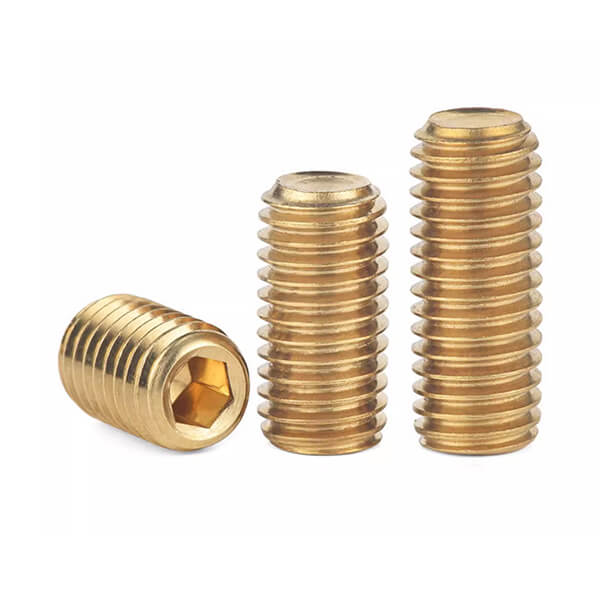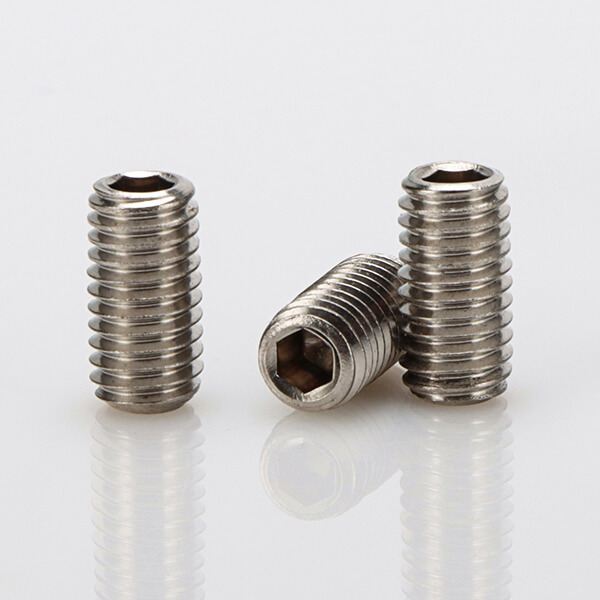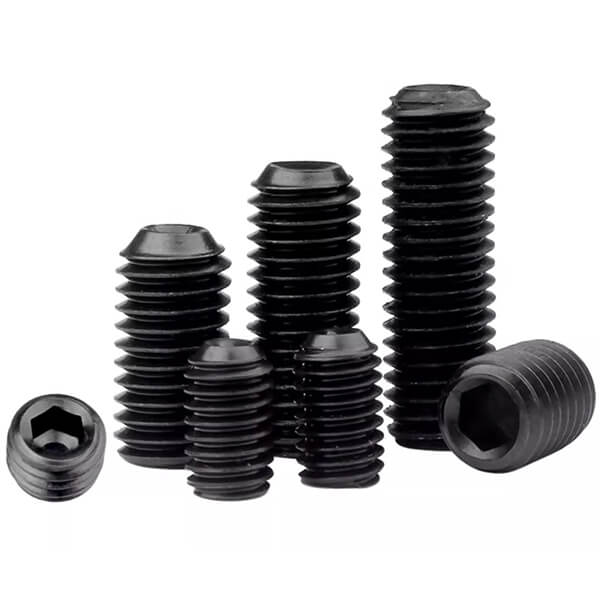Headless hex socket screws are characterized by their lack of a protruding head, which allows them to be countersunk or flush with the material they are fastening. They feature a hexagonal socket drive, often an Allen socket drive, which provides a secure and precise means of tightening or loosening the screw. The headless design ensures a smooth surface, reducing the risk of snagging or interference with other components.
Applications
These screws are used in a variety of industries and applications where a flush or low-profile fastening solution is needed. Common uses include:
- Machinery and Equipment: Securing components like gears, pulleys, and couplings onto shafts.
- Electronics: Fastening circuit boards, connectors, and other small components inside electronic devices where space is limited.
- Automotive: Securing interior parts like trim pieces, knobs, and handles to maintain a clean, sleek finish.
- Construction: Used in steel frameworks or other metal constructions where a compact, headless design is beneficial.
Advantages:
- Space Efficiency: The headless design allows for a recessed installation, saving valuable space and reducing the risk of interference with other parts.
- Strong Grip: The hex socket drive provides a strong grip, allowing for the application of significant force when tightening or loosening the screw.
- Corrosion Resistance: Often made from materials like stainless steel or carbon steel with gavalnizing, which resists corrosion in tough environments
- Versatility: Available in various materials and finishes to meet specific application needs.
Materials and Finishes
Headless hex socket screws are manufactured from different materials to suit diverse application requirements:
- Carbon Steel: Offers good strength and is cost-effective for general-purpose applications.
- Stainless Steel: Provides excellent resistance to corrosion, making it suitable for outdoor applications or marine equipment.
- Alloy Steel: Known for its exceptional strength and durability, often used in high-stress environments.
- Specialty Materials: Such as titanium for lightweight strength in aerospace applications or brass for electrical conductivity in electronic devices.
Installation
These screws are typically installed using an Allen key or hex wrench, which fits into the hex socket drive. They can be tightened to high torque specifications, ensuring a secure fit without damaging the material. For larger diameters, it may be necessary to drill a pilot hole to prevent splitting the material.
Comparison to Other Fasteners
Headless hex socket screws differ from traditional set screws in that they lack a head, allowing for a flush installation. They are also fully threaded, unlike some set screws which may have a smooth shank. This design makes them ideal for applications where a high clamping force is needed along the entire length of the screw.















